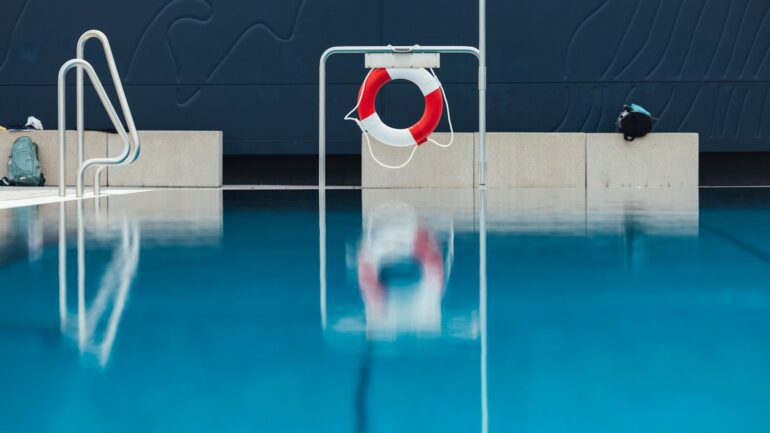Core drilling is one of the most common forms of concrete cutting. It involves using an electric or hydraulic drill to penetrate concrete, stone, brick, and other masonry up to several meters. Rather than demolishing the entire structure, core drilling makes holes accommodating plumbing, electrical, HVAC piping, and conduit. The process also allows for material samples to be taken for testing purposes.
Contents
Versatility
Core drilling against high hole pressures Houston can cut holes of any size in concrete structures and other hard surfaces. The process also enables teams to collect samples for testing without damaging or disturbing the structure itself. In contrast, other concrete cutting methods, such as jackhammering, can cause significant damage. Core drilling is an excellent choice for renovation projects and other time-sensitive tasks. In addition to creating more accurate holes, core drilling reduces mess and noise levels during the work. The process is non-percussive, meaning it causes minimal disturbance to surrounding structures and suppresses harmful dust particles. This helps protect employees from respiratory issues and maintains structural integrity for structures surrounding the drill site.
Efficiency
The hollow drill bit used for core drilling enables you to cut a cylindrical sample from a material for examination. This lets your team learn about a surface’s density, chemical composition, strength, and other essential properties. Moreover, core drilling causes minimal surface damage, unlike jackhammering. This is a considerable advantage, especially in construction projects where the finished surface is crucial. Dry core drilling also makes it easy to add pathways in concrete structures for utility permeations like phone lines, water pipes, and electric cables. It reduces the need for additional demolition work and lets your team avoid the risk of injury from excessive force. It also saves you time and money compared to traditional methods. This is particularly the case for masonry and concrete structures.
Accuracy
While drilling a hole with a core drill, you must remember that it is best to stop when the teeth of the bit touch the wall’s surface. Drilling past this point may cause the bits to break off or become uneven and require a new bit. For more accuracy, it is a good idea to use wire detectors or stud finders to ensure no cables or pipes are behind the walls before drilling. This will save you time and money and prevent unnecessary damage.
Safety
Unlike jackhammering, core drilling cuts a perfectly round hole that can be sized accurately. It also reduces noise, vibration, and dust emissions, making it safer for crews to work on sites. Core drilling creates passageways for plumbing and electrical pipes, air conditioning and heating systems, and wires. It also cuts road cores, maintenance holes, and strength test holes. There are two types of core drilling, soft and hard coring. Both use nested barrels, though the inner barrel extracts the sample and protects it from contamination. Hard coring is typically used for competent rock samples and can reach depths up to 5,000 feet. Before any drilling work is done, it’s essential to inspect the area with Ground Penetrating Radar to locate utilities and other sensitive equipment that could be buried in the wall or floor.
Cost
The core drilling method is a faster and more efficient process than jackhammering. The specialized equipment ensures a more precise hole creation, saving construction crews time and reducing labor costs. The drilled cores are also the best possible samples for laboratory testing of concrete and asphalt materials. This means the construction quality and compliance with project specifications can be assessed accurately. Core drills are much quicker than conventional ones as they only cut peripherally, not through a wall or floor. In addition, they can be used to make a circular hole in a wall or floor with only one set-up, which is much more convenient than having to realign the drill every time. To save even more time, use a Ground Penetrating Radar (GPR) scanner before drilling to locate pipes, utilities, or other obstacles.





